Heirloom vegetable seeds.
What Is Included in This Post:
- Introduction to Heirloom Vegetable Seeds
- Factors to Consider for Easy Growing
- Top 5 Easiest Heirloom Vegetable Seeds
- Planting and Care Tips for Beginners
- Harvesting and Preserving Heirloom Vegetables
- Troubleshooting Common Issues
- Benefits of Growing Heirloom Vegetable Seeds
- Conclusion: Start Your Heirloom Garden Today!
- Frequently Asked Questions
Heirloom vegetable seeds have gained popularity in recent years as gardeners and food enthusiasts appreciate their unique flavors, historical significance, and ability to save and replant seeds year after year. In this article, I will explore the world of heirloom vegetable seeds and focus on the easiest varieties to grow, making them ideal for beginners and experienced gardeners alike. I’ll discuss the factors to consider for successful growth, provide a list of the top 5 easiest heirloom vegetable seeds, offer planting and care tips, guidance on harvesting and preserving, troubleshooting common issues, and highlight the numerous benefits of incorporating heirlooms into your garden. So, whether you have limited gardening experience or are looking to expand your vegetable patch, this guide will equip you with the knowledge and confidence to start growing your own heirloom vegetables today.
This is a pinnable post. Tap or hover over any image in this post to pin to your Pinterest Boards.
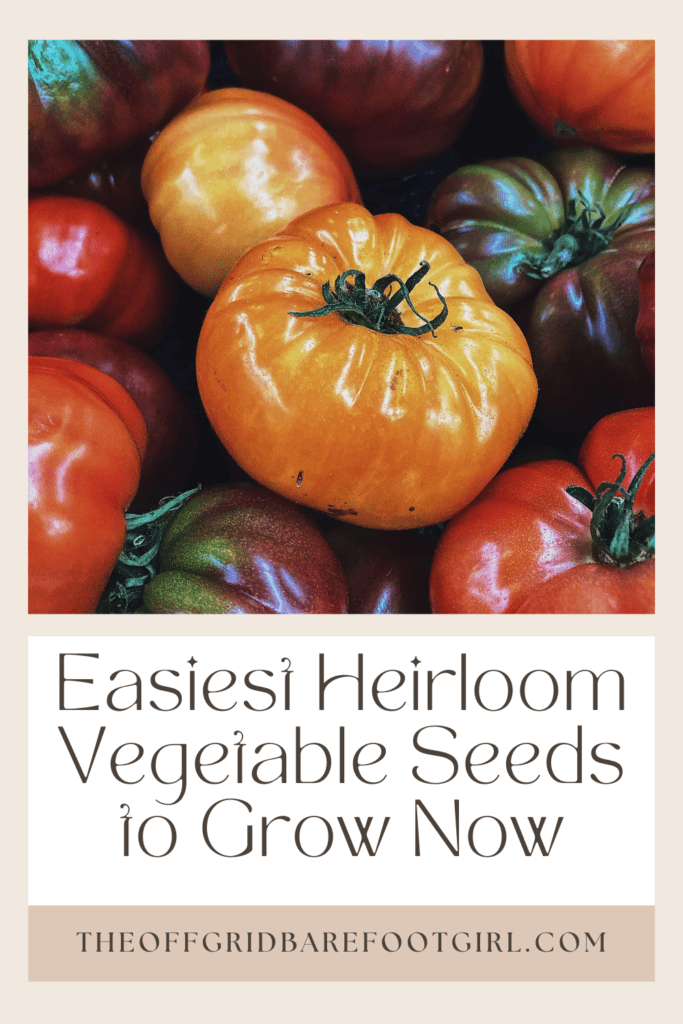
Introduction to Heirloom Vegetable Seeds
What are Heirloom Vegetable Seeds?
Heirloom vegetable seeds are like the rockstars of the gardening world. They’re the cool kids, the rebels, the ones that have been passed down through generations. These are seeds that have been carefully saved and preserved because of their unique characteristics, flavors, and histories. So, think of them as the vintage t-shirts of the plant kingdom.
Why Choose Heirloom Vegetable Seeds?
Now, you might be wondering, why bother with these heirlooms when there are so many other options out there? Well, my friend, there are a few good reasons. First of all, heirloom vegetables tend to have more flavor than their modern counterparts. It’s like they’ve been marinating in deliciousness for centuries. Secondly, they often exhibit a wider range of colors, shapes, and sizes. Who wants plain old green beans when you can have purple ones? Finally, growing heirloom veggies is a way to connect with the past and preserve biodiversity. It’s like having a time machine in your backyard.
- Heirlooms have more flavor than their modern counterparts.
- Heirlooms exhibit a wider range of colors, shapes, and sizes.
- Heirlooms have a long history and they preserve biodiversity.
Factors to Consider for Easy Growing
Climate and Growing Conditions
Listen up, aspiring green thumbs! Before you get your hands dirty, it’s important to consider the climate and growing conditions in your area. Some heirloom varieties are more resilient to specific weather conditions, whether it’s scorching heat or frosty winters. So, do your research and choose seeds that will thrive in your neck of the woods.
Soil Preparation and Fertilization
Now, let’s talk about getting down and dirty with soil preparation. Heirloom seeds love to be planted in well-drained, nutrient-rich soil. So, grab your spade and get to work. Add some compost, organic matter, or a sprinkle of unicorn magic to give your plants the best possible start in life. They’ll thank you with bountiful harvests.
Sunlight and Watering Needs
Just like humans, plants need their daily dose of sunshine and hydration. So, make sure your garden spot gets at least six hours of direct sunlight each day. And when it comes to watering, don’t go overboard or leave your plants thirsty. Find that sweet spot where they’re hydrated, but not drowning, and you’ll be rewarded with happy, thriving plants.
Top 5 Easiest Heirloom Vegetable Seeds
1. Tomato Varieties
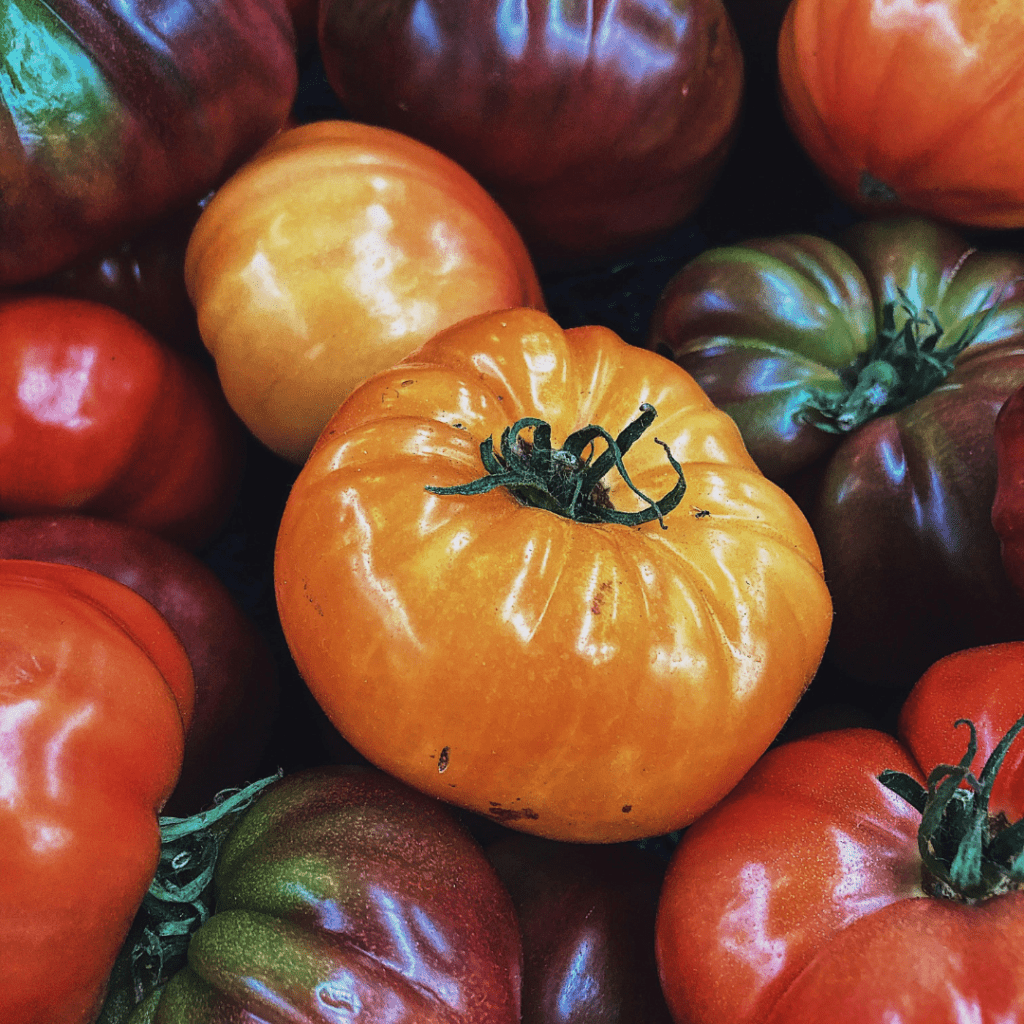
Lucky for us, there are plenty of easy-to-grow heirloom tomato varieties out there. From juicy beefsteaks to sweet cherry tomatoes, you’ll have a colorful and tasty feast on your hands.
2. Lettuce Varieties
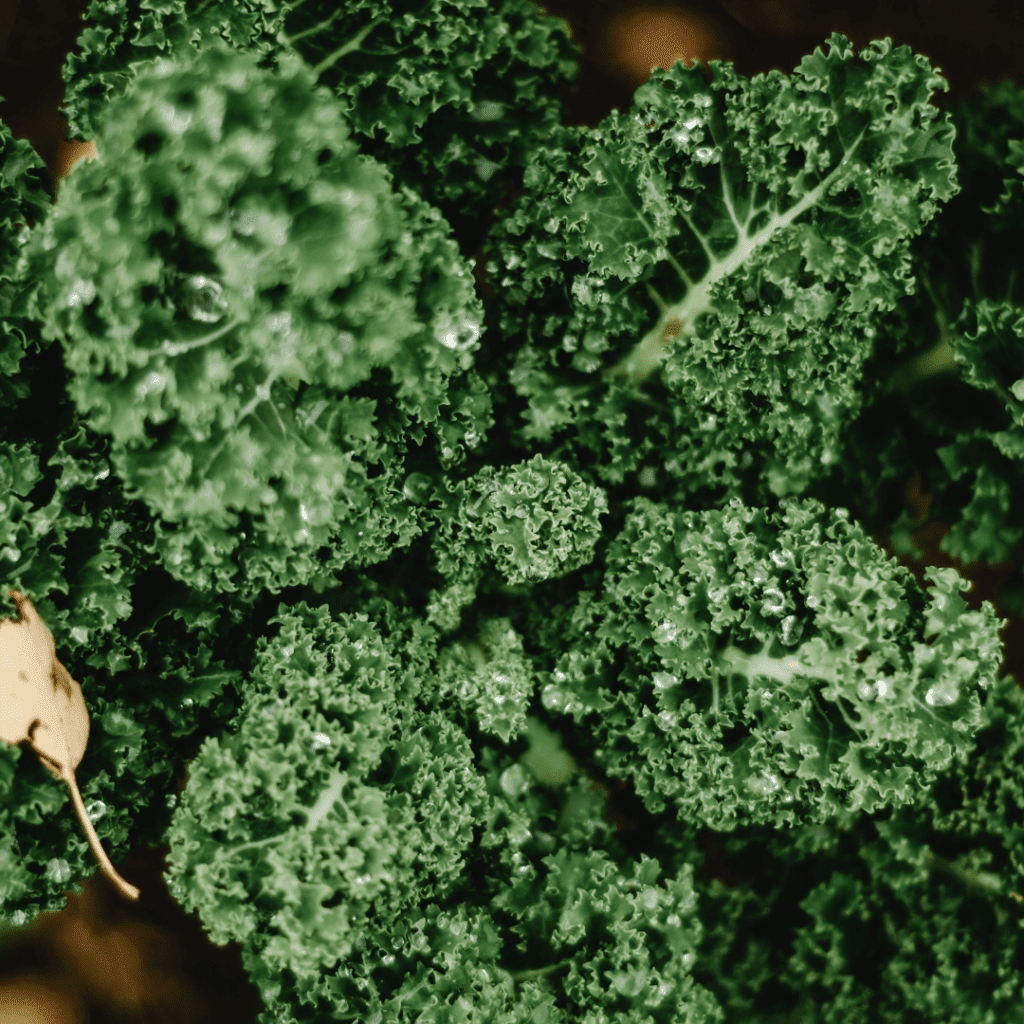
Lettuce rejoice! Growing your own leafy greens has never been easier. Heirloom lettuce varieties, like Butterhead or Romaine, are perfect for beginners. Just sow some seeds, give them a little TLC, and soon you’ll be making the freshest salads this side of the farmers’ market.
3. Bean Varieties
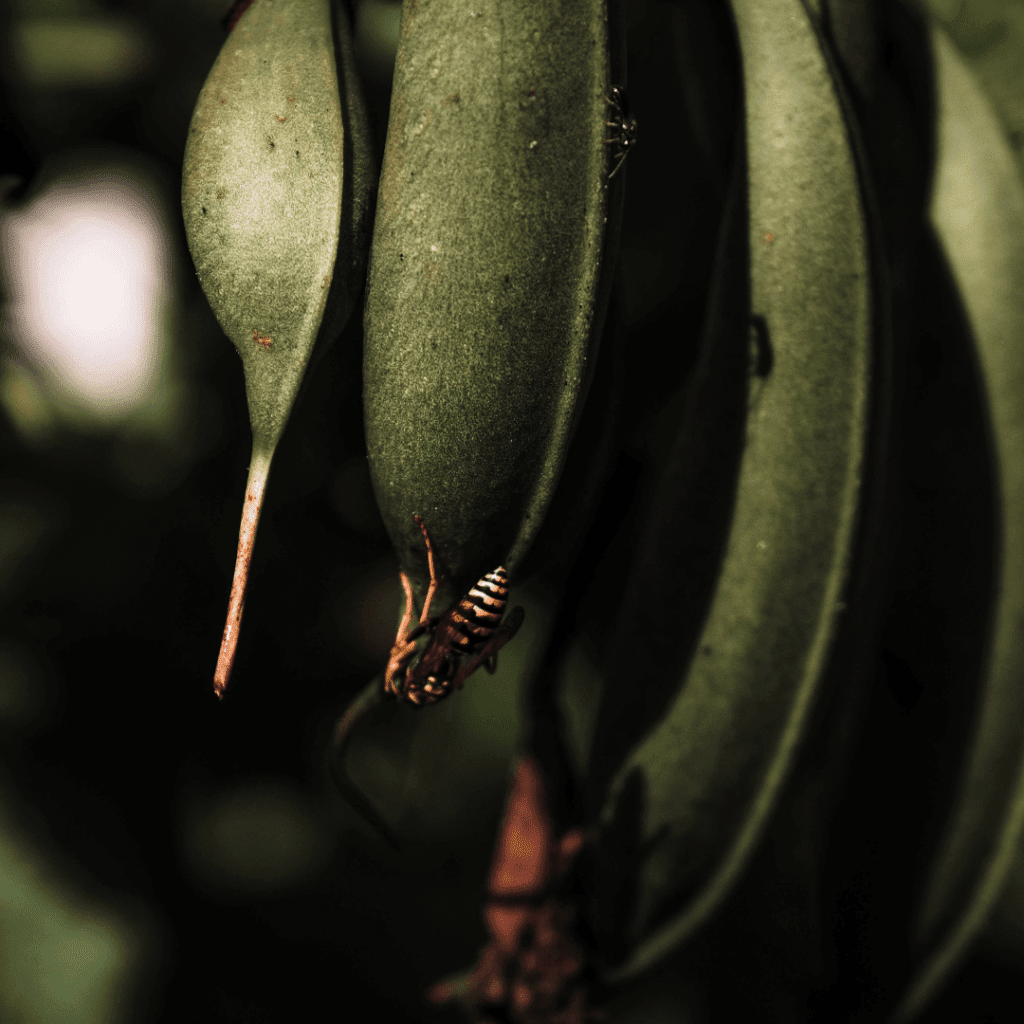
Beans, beans, the magical fruit – well, technically, they’re legumes, but you get the point. Heirloom bean varieties, such as the reliable Kentucky Wonder or the colorful Dragon’s Tongue, are a breeze to grow. Plus, they’re great for your soil, as they fix nitrogen and keep it happy and healthy.
4. Cucumber Varieties
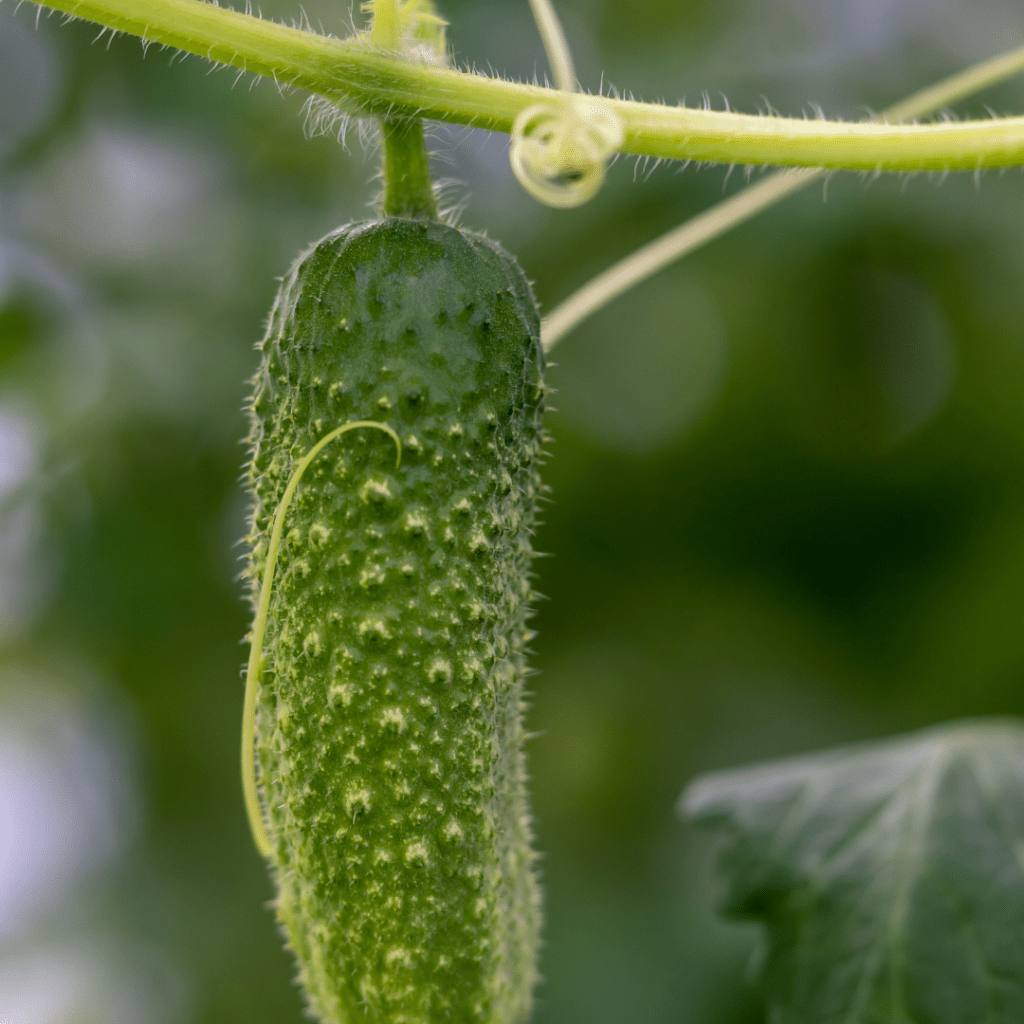
Cucumbers are the cool cucurbits of the garden, and heirloom cucumber varieties make them even cooler. Whether you go for the classic Straight Eight or the funky Lemon cucumber, these refreshing veggies are a cinch to grow. Just watch out for any cucumber-related puns – they tend to pickle people’s patience.
5. Squash Varieties
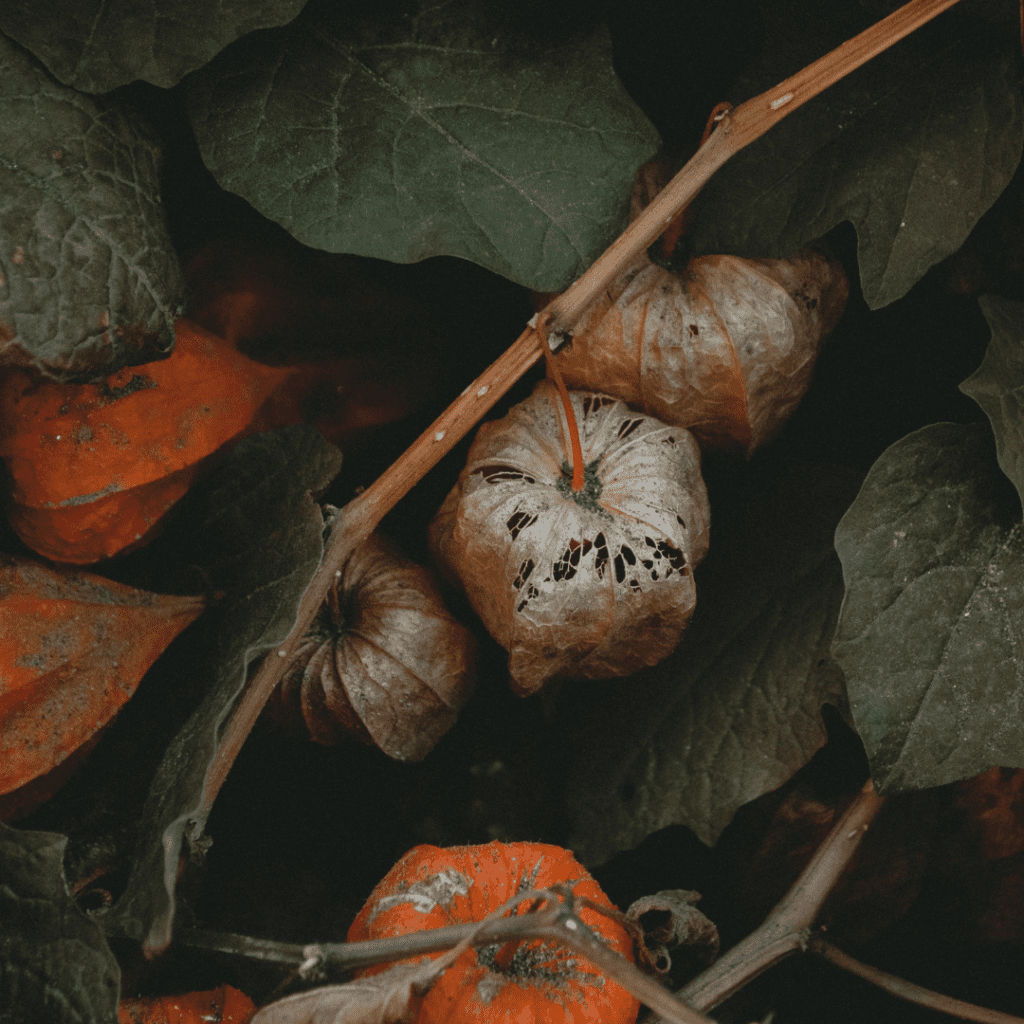
Last but not least, we have heirloom squash varieties. From zucchini to butternut, these summer and winter squashes are the perfect addition to your garden. Just make sure you have enough space for their sprawling vines. They love to spread out and make a statement.
Planting and Care Tips for Beginners
Seed Starting Techniques
So, you’ve got your heirloom seeds in hand, and you’re ready to grow. The first step is to start your seeds. You can do this indoors, using trays or peat pots, or directly sow them into the ground. Just make sure you follow the packet instructions and give your seeds plenty of love and attention as they sprout and grow.
Transplanting Seedlings
Once your seedlings have grown a few sets of true leaves, it’s time to give them a new home in the garden. Prepare the soil, dig a hole, and gently transplant your heirlooms. Be gentle, give them a drink, and they’ll settle into their new digs just fine.
Watering and Mulching
Don’t let your plants go thirsty! Water them regularly, especially during dry spells. Just remember, too much water can lead to soggy roots and unhappy plants. Mulching can help conserve moisture and keep those pesky weeds at bay.
Pest and Disease Management
Now, let’s talk about unwelcome guests – pests and diseases. Keep an eye out for any signs of trouble and take action accordingly. Whether it’s picking off caterpillars by hand or using organic pest control methods, there are ways to keep your plants safe and sound.
Harvesting and Preserving Heirloom Vegetables
Signs of Harvest Readiness
Harvesting your heirloom vegetables at the right time is like hitting the jackpot in the gardening world. So, how do you know when your veggies are ready to be plucked from the earth? Well, it’s all about reading the signs. Look for vibrant colors, firm textures, and a general feeling of ripeness. If a tomato has that perfect shade of red and is slightly soft to the touch, it’s time to grab your harvesting baskets.
Proper Harvesting Techniques
Now that you’ve spotted the ideal candidate for dinner, it’s time to pick it like a pro. For most vegetables, a sharp knife or a pair of pruners will do the trick. Cut the stem just above the fruit or vegetable, ensuring you don’t damage neighboring plants or your own fingers in the process. If you’re dealing with leafy greens, a gentle tug at the base should release them from the soil. And remember, always handle your veggies with care, they deserve the royal treatment after all.
Storage and Preservation Methods
Congratulations! You have successfully harvested your heirloom vegetables. But what if you can’t devour them all in one sitting? Fear not, because there are plenty of ways to make your bounty last. You can store them in the refrigerator, pickle them for some tangy goodness, or even freeze them for future feasts. Just make sure to follow proper storage guidelines for each specific vegetable to maintain its flavor and freshness. And remember, sharing is caring, so consider gifting some of your preserved treasures to your neighbors, who will surely be green with envy!
Troubleshooting Common Issues
Dealing with Pests and Diseases
Introduce beneficial insects, like ladybugs or praying mantises, to feast on those pesky pests. Employ natural remedies, such as neem oil or garlic spray, to keep diseases at bay. And if all else fails, remember that imperfections can have their own unique charm. So embrace the quirks of your heirloom vegetables, just like you embrace your own quirks (we’ve all got ’em).
Nutrient Deficiencies
Plants, like humans, need their daily dose of nutrients, vitamins, and minerals. So if your heirloom vegetables are looking a bit lackluster, they might be missing out on their essential nutrients. Fertilize your garden with organic matter, like compost or well-rotted manure, to give your veggies the extra boost they need. And don’t forget to water them regularly, because just like us, plants can’t survive without water.
Environmental Factors
Mother Nature can be a fickle mistress, and sometimes she likes to throw a curveball your way. Extreme temperatures, droughts, or excessive rain can all wreak havoc on your heirloom garden. But there is hope. Protect your plants from the elements by using covers, shades, or even a good old-fashioned umbrella. And remember, resilience is key. So if your heirloom veggies experience a few bumps in the road, just tell them to chin up and keep on growing.
Benefits of Growing Heirloom Vegetable Seeds
Growing heirloom vegetable seeds is like being part of a secret society that values history, flavor, and diversity. These humble seeds carry stories from the past, packed with flavor. By growing heirloom veggies, you’re also supporting biodiversity and preserving unique varieties that might otherwise be forgotten. Plus, there’s just something satisfying about growing your own food, nurturing it from seed to harvest, and filling your plate with delicious, homegrown goodness. So join the ranks of the heirloom aficionados and reap the benefits of a garden that’s truly one of a kind.
Conclusion: Start Your Heirloom Garden Today!
Growing heirloom vegetable seeds is not only rewarding, but it’s also easy-peasy lemon squeezy. With a little care, some help from Mother Nature, and a sprinkle of gardening magic, you’ll be harvesting your own heirloom treasures in no time. So grab your seeds, get your hands dirty, and embark on a journey that will fill your garden and your belly with delectable delights.
Furthermore, growing heirloom vegetable seeds is not only a rewarding and enjoyable experience, but also a way to connect with the rich history of our food culture. By choosing the easiest heirloom varieties to grow, you can embark on a successful gardening journey, even as a beginner. From the flavorsome tomatoes to the crisp lettuces, and the versatile beans to the refreshing cucumbers and squashes, there is a wide array of heirloom vegetables waiting to be cultivated in your own backyard. So, don’t hesitate any longer – start your heirloom garden today and savor the bountiful harvest of these treasured seeds. Happy gardening!
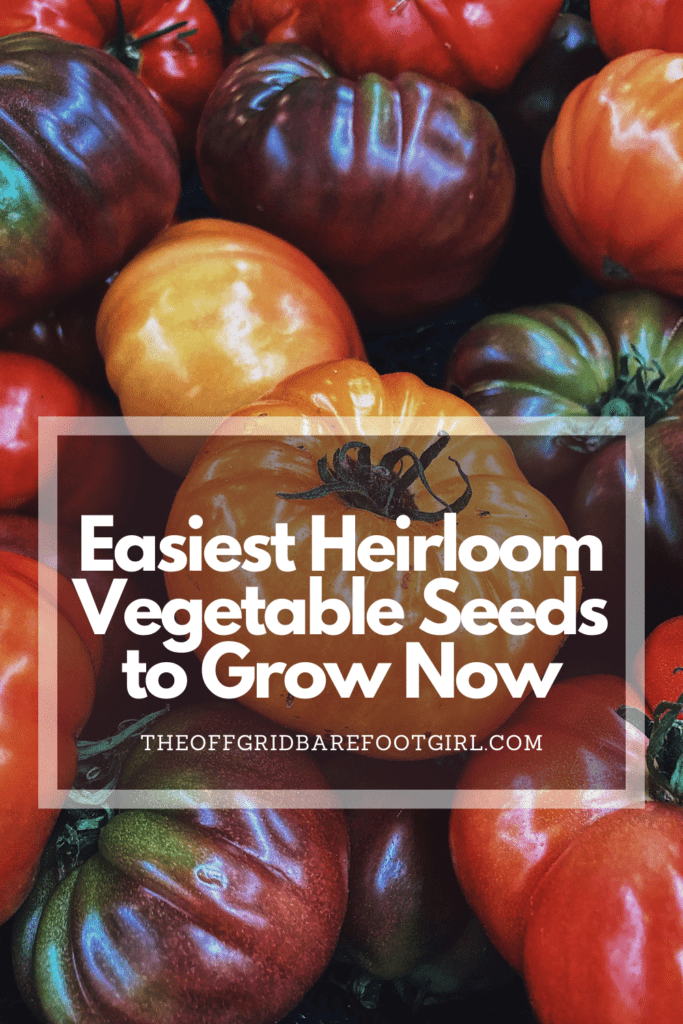
Frequently Asked Questions
1. Are heirloom vegetable seeds more difficult to grow compared to hybrid seeds?
Not necessarily. While heirloom vegetable seeds have unique characteristics and may require specific growing conditions, many heirloom varieties are actually quite easy to grow. By following proper planting and care techniques and considering factors like climate and soil conditions, beginners can successfully cultivate heirloom vegetables.
2. Can I save and replant seeds from heirloom vegetables?
Yes! One of the key advantages of heirloom vegetable seeds is their ability to be saved and replanted. Unlike hybrid seeds, which do not reliably reproduce true to their parent plants, heirloom seeds can be saved at the end of the growing season and planted again the following year. This allows you to maintain a sustainable seed bank and preserve the unique traits of heirloom varieties.
3. Are heirloom vegetables more flavorful than modern varieties?
Many gardeners and food enthusiasts appreciate heirloom vegetables for their exceptional flavors. Heirlooms often offer a wider range of tastes, textures, and aromas compared to commercially bred modern varieties. The long history and genetic diversity of heirloom plants contribute to their distinctive and often more complex flavors.
4. Where can I find heirloom vegetable seeds?
Heirloom vegetable seeds can be found in various places. Local garden centers, farmers’ markets, and specialty seed companies often carry heirloom varieties. You can also explore online seed catalogs and websites dedicated to heirlooms. Additionally, consider joining seed swaps or connecting with local gardening communities to exchange or obtain heirloom seeds.
Summary
I hope I have inspired you to grow some heirloom vegetable seeds with these tips and products.
If you were encouraged by this post, I invite you to check out my FREE Printables Page for fun free printables, planners, and charts.
ENTER MY FREE Printables Page HERE
Here are some more of my composting and gardening inspiration posts to check out!
How to Use the Hand Twist Claw Tiller: Tackling Tough Soil
Planning Your Garden: How to Plan a Vegetable Garden: Expert Green Thumb Tips!
Winterizing the Garden: How to Winterize Your Vegetable Garden: Step-by-Step Checklist
Mulching the Garden: How to Make Leaf Litter Mulch
Grow a Pumpkin Patch: How to Grow a Pumpkin Patch in Your Backyard
How to Win a Giant Pumpkin Contest
How to Grow a Fall Garden: 9 Best Fall Crops
Clever Ways to Incorporate Indoor Composting into Your Home
How to Start Composting for the Garden: A Step-by-Step Guide
The Ultimate Guide to Composting in Your Suburban Backyard
Why I Built A Survival Garden in My Backyard
How to Grow A Foodscape Garden From Scratch
16 Best Medicinal Herbs to Grow in Your Garden Now
Blessings,
The Off Grid Barefoot Girl




